Age is a state of mind, but the reality is your body will break down with time no matter how well you take care of it. There are ways to remain a strong rider as you age, however, and enjoy the golden age of mountain biking in your golden years. I spoke with four riders that I know well who are in their 50s and 60s, and are some of the strongest mountain bikers that I know. Whatever your age, you should do what you can to keep your body in top shape as long as you can.

Nutrition
Probably the single most important variable that you have control over to combat the effects of aging is nutrition. At a cellular level, your body relies on cations like potassium and sodium to keep all of your muscles working efficiently. It uses scarce metals like cadmium and zinc in very specific transport mechanisms to build DNA, enzymes, and synthesize proteins and other molecules to keep protoplasm healthy. It uses sugars for energy, and lipids to keep permeable membranes fluid. It is an exceptionally complex and pliable machine.
When you eat poorly, or indulge in too much of one thing (fats, sugar, alcohol, nicotine, meth), it causes cellular damage, and this accelerates aging at a microscopic and macroscopic level… you get older, faster. Avoiding harmful foods or chemicals, and ingesting a healthy balance of all nutrients, maximizes your chances of slowing the aging process. Everyone is different, and your genetics may play a large role in your overall health (a variable that you cannot control), but certain foods keep you feeling young.
Nutrition is big topic in itself, but here are some tips to help you stay strong as you age:
- Eat Healthy–We all know this, but yet it is hard. Avoid excess carbs and fats. Avoid junk food. Find a well balanced, healthy diet that works for you.
- Fight Free Radicals–Free radicals harm cells, but certain foods (goji berries, blackberries, spinach, dark chocolate, and many others) scavenge them and retard the damage they do to cells. Eat as many of these foods as you can.
- Count Calories–Obesity is a huge problem in this country, even among cyclists. Being overweight can speed up aging, put undue strain on your heart and joints, and cause more injury if you fall. Most Americans average 2,000-2,600 calories a day, which is simply too much unless you are exercising vigorously for hours a week. Everyone has different caloric requirements, but some people can function on as little as 1,200 calories a day and still be active. Watching what you eat keeps you thin, and in turn will help you stay stronger.
- Limit Alcohol–Many of us love a good post-ride libation, but drinking more than 10 drinks a week kills you faster.
- Avoid Tobacco–Chemicals, smoke, and nicotine make you age faster, and cause cancer and other problems such as emphysema.
- Limit Energy Drinks and Supplements–Not all of these are bad, but in many there are excessive amounts of stimulants, vitamins, protein, and chemicals that can harm your heart, kidneys, and liver. Use them sparingly.

Steve Riggle, 64, who works at Golden Bike Shop and races competitively, is about as laid back as you get. You would never suspect that his idea of a “workout” is to leave with his road bike from the shop, which sits at 5,674ft of elevation, and ride over a hundred miles roundtrip to the top of Mt. Evans, which tops out at 14,265ft. “I don’t think there is any secret or magic potion that makes us keep riding and racing at my age,” Steve says, “[but] believe me, there are a lot of 50- and 60-year-olds out there that are fast–much faster than me.”
Here is Steve’s take on how to stay strong:
- Chase around much younger guys, like the guys at the bike shop where he works.
- Keep the passion and fun in biking so you will want to ride all the time.
- Set race and fitness goals and develop an informal training schedule.
- Cross Train: weights in the winter, swimming, yoga, and other winter sports to keep all muscle groups toned and less prone to injury. Steve says that no matter what you do, “just stay active!”
- Be willing to suffer–Steve admits that this may be the most important for him, and stresses the importance of “riding through the pain.”

Cardiopulmonary Fitness
Aside from your mind, your heart and lungs are your most important assets to staying healthy. Cycling is an excellent way for most people to stay fit, but many also overdo it. When you ride, particularly high cadence for long periods (think long climbs), your heart muscle actually enlarges–just like going to the gym–so that it can pump more blood per squeeze, or stroke. This is known as reversible cardiomegaly, and by increasing your stroke volume, your heart rate decreases. Humans hearts, like all mammals, are thought to have a finite number of heart beats–humans have around 2.2 billion–and life expectancy is a product of how many resting beats you use up (it is thought that faster rates during exercise do not subtract from that total). Having a strong, healthy heart that pumps strong and slow at rest will theoretically allow you to live longer.
All cardiovascular exercise isn’t created equal, though. It is not a good idea to push your body, and your ticker, 110% all the time. That is why there is a huge movement in cycling for “recovery rides.” Recovery gives your body a chance to recuperate, rebuild, and recharge. To stay strong, it is generally a good idea to exercise/ride five days a week, spending three of those rides averaging 60% max heart rate, or MHR, and the other two days at 80% MHR. You can roughly calculate your MHR as 220 minus your age. Therefore, if you are 40 years old, your MHR is 180, your 60% and 80% of MHR are 108 and 144, respectively. Of course, if you are pedaling hard up a hill, your heart rate may be 179… but that is ok. Consider the average.
Consequently, if you ride 6 or 7 days a week, it is a good idea to spend those remaining two days doing the easier recovery rides, spread throughout the other training days. People do charge hard training for certain events–and there is nothing wrong with that–but this general formula is a way to stay strong, as a baseline, for life, when you are not training.

Jim Mason, who took 5th at the UCI National Championships this year, is a guy that everyone tries to keep up with, usually to no avail. He is very strict in his training, and had a lot to say about how to maximize performance on bikes as one ages.
“I ride a lot. 4-6 days per week. 45-60 minutes on weekday rides, at least one two-hour ride on the weekend, and at least an hour the other weekend day. A lot of my Saturday rides are three hours. I never go more than 3-4 days without riding. I’ve taken my bike on vacations so I could get up and ride before anyone else is up. I hit the spin bike in the workout center if I travel on business. If it came down to it, I’d rent a bike to ensure I didn’t go too long without riding,” Jim admits. “This is based on having gone a week or more without riding, and then having legs of jello when I got back on the bike. The older one gets, the faster fitness is lost and the harder it is to re-gain. Lots of people say you won’t lose fitness in a week and you’ll lose very little in two weeks. That is not true for me and, I suspect, for most 50+ athletes.”
Jim also says that riding with people who are faster than him is important to staying fit, as well as setting goals or at least training for something specific. He enjoys pushing his body because he enjoys competing, which is not for everyone, but he is also a walking testament to how fit anyone can be no matter what their age is.
“Honestly, I simply don’t feel like I’m getting older and am always surprised when I think about the actual number of candles on my cake each year,” says Jim. “I started mountain biking occasionally at age 43 (was still racing motocross), did my first mountain bike race at age 46, then sold the motocrosser and focused on racing mountain bikes instead. Mountain biking is a MUCH healthier sport for me! Far fewer injuries and far less severe.” (This is true: despite being the fastest XC rider I know, he has also broken more bones than anyone I know.)

Muscles, Bones, Joints, and Tendons
Maintaining a robust musculoskeletal system is also critical to riding when you are older. As you get older, you lose muscle mass, and older riders know that injuries can set you back weeks, not days. Keeping this part of your body fit starts with simply riding your bike often, but there are more things you can do to keep your body running smooth.
Nutrition, again, is key. Healthy levels of calcium and vitamin D will prevent bone loss, and electrolytes will keep the muscles happy. There is mixed evidence to using glucosamine/chondroitin for tendon/ligament health, but many people swear by it. Physicians will often say try it for 90 days, and if you notice a change, keep taking it. If not, discontinue it. Fish oil may help joints as well.
Cross training is also important. If all you do is ride, certain muscles in your arms, legs, and core become weaker. Stay strong holistically by running, swimming, and lifting weights if you can, to maintain–but not build–mass. This strengthens joints and the tissue that holds them together, and minimizes impact damage from one specific sport. This will also help you burn calories and stay lean. It will promote a healthier balance of red and white fibers, too–the muscle components responsible for epic rides and quick sprints.
Lastly, ride smart: ride within your ability and make decisions to avoid injury. It also means listening to your body and correcting behaviors that may be wrong. If your right knee always bothers you–only on long climbs–maybe it is time to make some simple adjustments to the saddle or seatpost height. Maybe you need new shoes or maybe you need to wear a knee brace. The point is: don’t ignore nagging pain, but use it as a guide to remedy problems with you, your bike, or your gear to avoid repetitive microtrauma that will evolve into bigger health problems months or years down the road.

Dave Meyer never ceases to amaze me when I ride with him. At 53, he rides everything that the younger, fearless riders attempt, and usually stays on his feet. He is known for a menacing grunt and a signature look on his face when pushing the bike hard, and people get out of the way when they see him coming. “I ride three times per week during fair weather,” Dave says. “Just bought a fat bike to keep riding during winter months, as I find spring time recovery harder the older I get.”
Mental Health
Keeping your mind sharp is just as important as the rest of your body. As most riders know, a good hard spin on a bike is a great way to get rid of stress. There are proven benefits to challenging your mind, such as decreasing your risk for Alzheimer’s dementia. Riding is usually fun, but sometimes long climbs or training can be boring to some people. Use that time to think through your day or week, and reflect on both positive and negative things that may be poking at you. If you are pedaling hard, you probably won’t be able to think deeply about them, but just getting them to the surface and off your chest can make you feel better. It is a proven fact that people with less stress live longer, healthier lives, so take advantage of every aspect of your rides to maximize your physical and mental health.


Your Turn: How about you? Are you aging gracefully on a bike? What tips do you have to pass along to the young pups about staying strong as the years roll on?












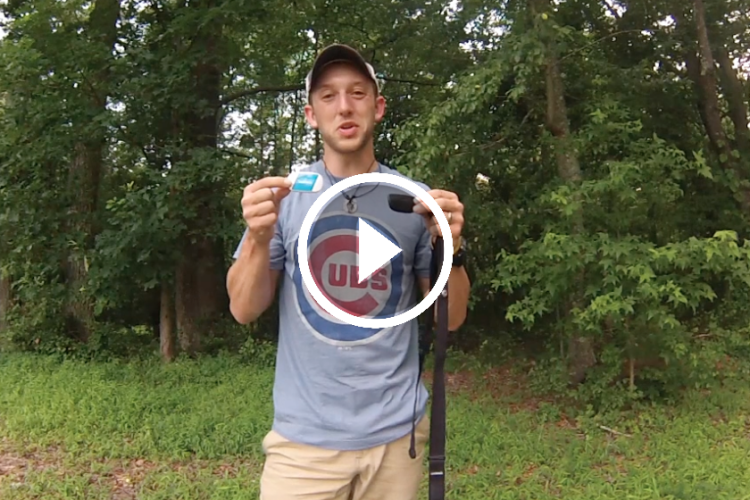
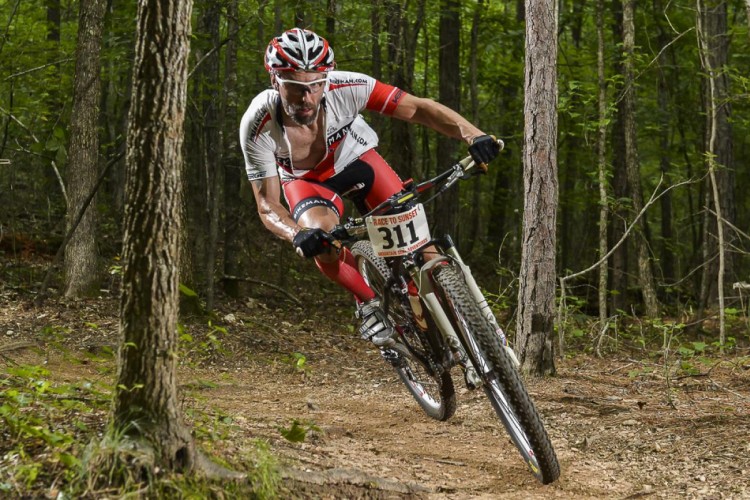

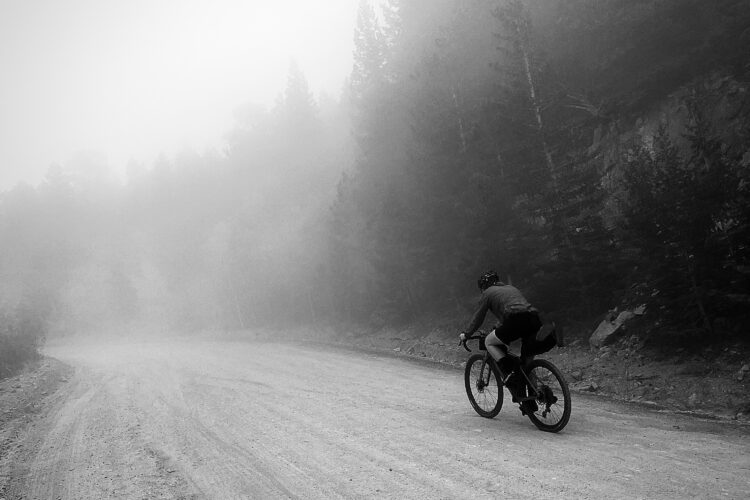
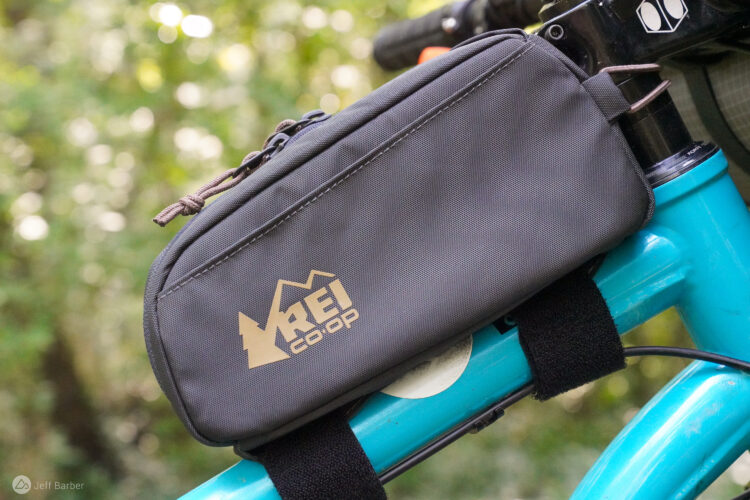
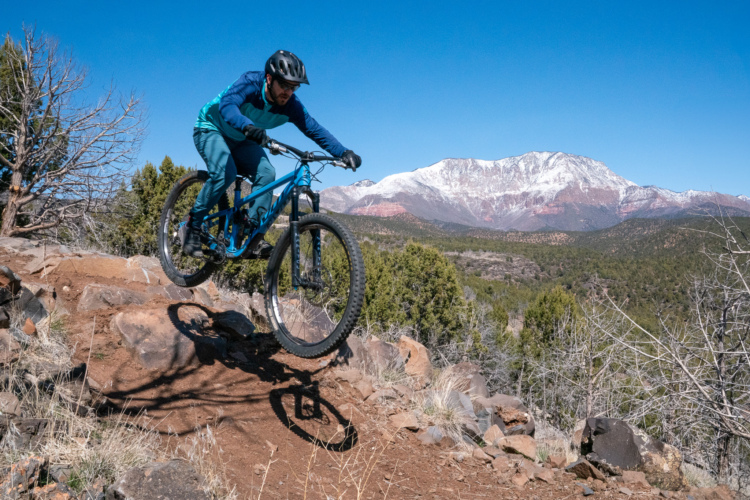
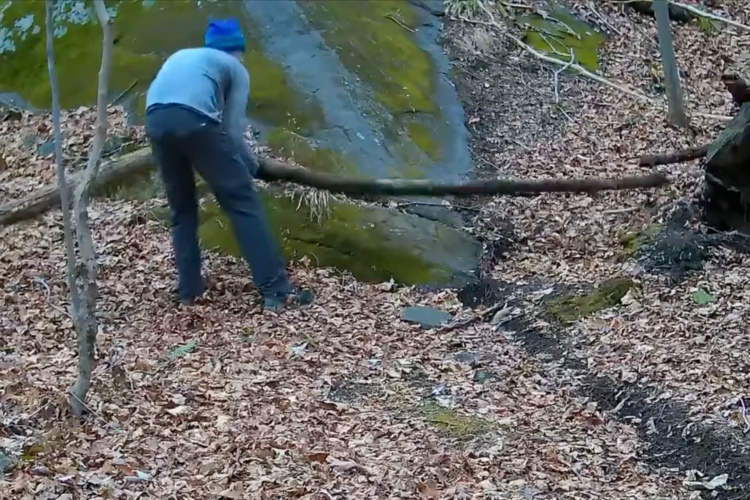


21 Comments
Nov 12, 2017
Jun 14, 2017
Nov 19, 2015
I'm not a powerful strong rider but much more of a spinner. And I am not a very good technical climber, but I love riding my bike and being in nature. My two primary places of riding are Colorado and Mongolia -- not bad places to be out in nature. All in all, I have taken up the attitude and approach of just having fun on rides. Sometimes I really push myself, but most of the time I just have a great time on my bike. I think the conditioning and health benefits are there, but they are secondary to me. Primarily, I'm just out having a blast on my bike.
Sep 2, 2023
Nov 21, 2015
Two things:
First the "220-your age" rule has been utterly discredited and you should not be advertising it. I wish you'd asked your badass sample group about their heart rates and lthr, would be interesting to hear from them. Current science says that for fit subjects there is little/no inherent decline in max heart rate with age (unlike muscle and vo2max). It is possible that previous reported declines were due to lower fitness and decreased will. Percent of max heart rate is a poor estimate of workout intensity, you need to test and measure to find your training zones and probably you'll find that a percent of lthr works best, not the max. Look up friel for training as you age.
Second just to suggest Brazilian jiu jitsu is fantastic for maintaining winter fitness with big doses of stress and adrenaline and also good for core and flexibility. The crowd can be young and aggressive but in my experience the older dudes are respected and tolerated because of their work ethic (and treachery!)
Nov 18, 2015
I definitely don't eat like I did a couple decades ago. It's amazing what the young body can get away with.
I started running again last year and it really helped my riding. My wind always failed before my quads, but after mixing in some running, I found my wind was no longer that much of a limiting factor. I've always enjoyed weight training and I've never had a day where my upper body held me back.
I would add that you need to be careful about “riding through the pain.” Pushing through being winded or fatigued is one thing, but pushing through a legitimate injury that needs time to heal is another. At 50, I don't seem to mend as quick as I did at 30 and more than once I have set myself back by riding through pain I shouldn't have.
"Chase around much younger guys, . . . "
Yep. I'm gonna' hate it when my son (now a junior in high school) moves out. He's the best riding buddy ever and he pushes me both physically and technically. I have gotten younger every year since he started riding!
Nov 19, 2015
Nov 20, 2015
Dec 16, 2015
Nov 25, 2015
These things of course are not a reason to stop, but it certainly tests the mettle, which I guess is as good a reason to keep going as any. The long travel bike - more room for error - has become far more attractive to ride though!
Nov 25, 2015
Nov 20, 2015
So I have just taken my old training program and scaled it back about 50% and that is what I am doing now. I do take a short runs, under 3 miles a few times a month, it is fun. I am careful about old injuries now and more aware of what my body is telling me while working out. I think that is the key to this being a sport for life!
Nov 20, 2015
I hit the big 5-0 last December and the core group of riders I ride with are 54, 55, 57 and 61. I call us Team AARP. They are all relatively strong riders and the 61 year old is by far the bravest when it comes to double black trails. I realized age was just a number (2) years ago on a trip to Gooseberry Mesa. I was out on a shop ride with "Over the Edge" at Guacamole and was mostly hanging out with an "older" guy that I guessed was about 60. He was more than holding his own an all but the sketchiest stuff. It turns out the guy was 74 years old!! it was that day that made me realize I have alot of riding in front of me.
Nov 12, 2017
Kettlebells and swimming.
Nov 20, 2015
Nov 20, 2015
Nov 20, 2015
Mar 29, 2017
Jun 7, 2016
Jul 8, 2016
Nov 20, 2015